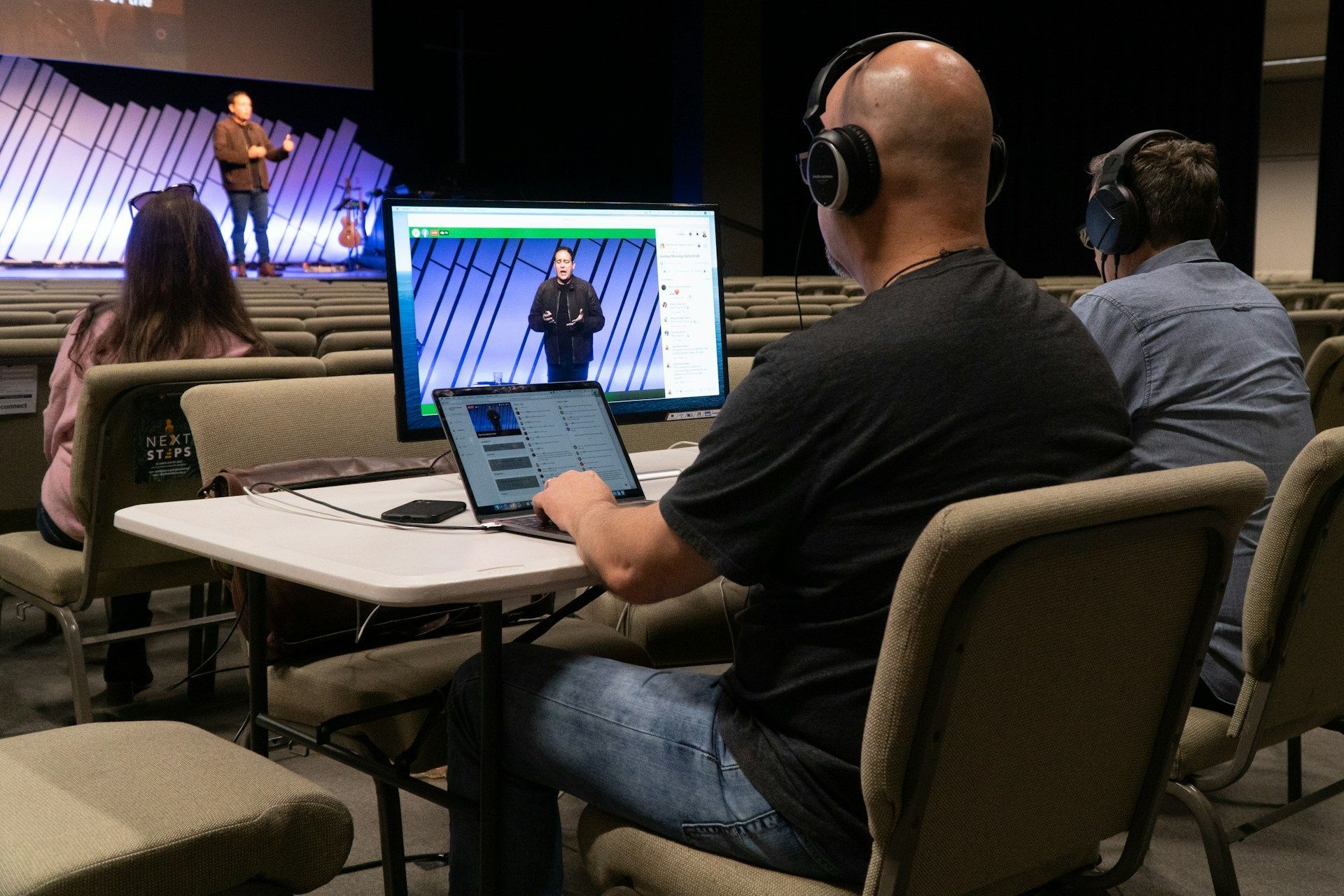Facebook Ads vs. Google Ads for Churches
In today's digital age, churches have unprecedented opportunities to reach new families and individuals in their communities through online advertising. Among the most powerful tools for this purpose are Facebook (Meta) ads and Google ads. Both platforms offer unique advantages and can be incredibly effective when used correctly. This post will explore the differences between Facebook ads and Google ads, helping you decide which platform might be the best fit for your church's outreach efforts.
Understanding Facebook Ads
Interest-Based Targeting
Facebook ads are designed to leverage the vast amounts of data the platform collects about its users. By targeting ads based on user interests—such as pages they've liked, posts they've interacted with, and general online behavior—churches can reach people who might be interested in their message and activities. For instance, you can target individuals who follow Christian pages, engage with family-oriented content, or have shown interest in community events.
Interruption Marketing
One of the hallmarks of Facebook ads is that they appear in users' feeds as they scroll through their social media. This type of "interruption marketing" places your church's message amidst the daily digital interactions of potential visitors. While this can be effective in catching people's attention, it also means your ad is competing with a myriad of other content for the viewer's focus. The key is to create engaging, visually appealing ads that stand out.
Retargeting on Facebook
Facebook's retargeting capabilities are particularly strong, thanks to the Facebook Pixel. This tool allows you to track visitors to your church's website and retarget them with ads on Facebook. For example, if someone visits your site to check out upcoming events but doesn't sign up, you can retarget them with a specific ad encouraging them to complete their registration. This strategy can significantly increase conversion rates as it targets individuals already interested in your church.
Understanding Google Ads
Intent-Based Targeting
Google ads operate on a fundamentally different principle than Facebook ads. They are based on intent. When users type search queries like "church near me" or "family-friendly church services," Google displays ads relevant to those queries. This means your ads are seen by people actively looking for what your church offers, which can lead to higher conversion rates.
Pay-Per-Click (PPC) Model
With Google ads, you pay only when someone clicks on your ad (Pay-Per-Click). This model can be cost-effective, especially when targeting specific, high-intent keywords. However, managing costs is crucial as clicks can add up quickly, particularly if you're targeting competitive keywords.
Google Ad Grants
For non-profits, Google offers a valuable resource: Google Ad Grants. Eligible churches can receive up to $10,000 per month in free advertising credit. This program requires some setup and ongoing management, but it provides a significant opportunity to reach a larger audience without incurring direct costs. Applying for and effectively managing a Google Ad Grant can be a game-changer for church outreach.
Comparing Facebook Ads and Google Ads
Reach and Audience
Facebook ads can reach a broad audience based on interests and behaviors, making them ideal for awareness campaigns. In contrast, Google ads target users with specific search intent, often resulting in more immediate and tangible interactions, such as website visits or event sign-ups.
Cost and Budget Management
Both platforms offer flexible budgeting options, but the cost structure differs. Facebook's cost-per-impression model means you pay for the number of times your ad is shown, while Google's PPC model means you pay for actual clicks. The choice depends on your budget and the desired outcome of your campaign.
Ease of Use and Management
Managing ads on both platforms requires time and expertise. Facebook ads are often considered easier to set up and manage, particularly for smaller organizations with limited resources. Google ads, especially when utilizing Google Ad Grants, can be more complex and may require a dedicated person or team to manage effectively.
Choosing the Right Platform
Factors to Consider
When deciding between Facebook ads and Google ads, consider factors such as your budget, target audience, and specific outreach goals. Facebook ads are great for broad, interest-based outreach, while Google ads excel in capturing high-intent traffic.
Combining Both Platforms
For a comprehensive digital marketing strategy, consider using both platforms in tandem. By leveraging the broad reach of Facebook ads and the targeted intent of Google ads, you can maximize your church's online presence and effectiveness. Integrated campaigns can create a robust presence across multiple digital touchpoints, ensuring your message reaches the right people at the right time.
Both Facebook and Google ads offer valuable tools for churches looking to expand their reach and impact their communities. By understanding the strengths and limitations of each platform, you can make informed decisions that align with your church's goals and resources. If you need help setting up or managing your digital advertising campaigns, reach out to Faithworks Marketing. We're here to help you navigate the complexities of online advertising and achieve your outreach objectives.












